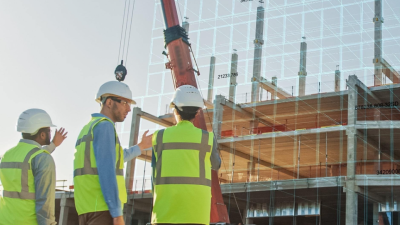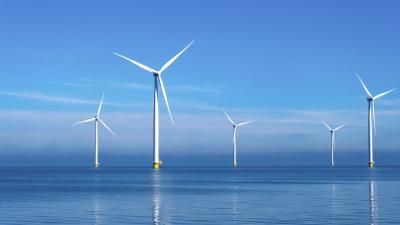
New technologies to improve health and safety performance
Discovering Safety joins forces with Safetytech Accelerator to build a Smarter Regulation Sandbox.
This page is approximately a 2 minute read
This page was published on

Offshore wind plays a key role in achieving net zero targets and its rapid growth in recent years has brought much-needed green energy. However, the mechanisms for dealing with offshore wind infrastructure at the end of its design life are often overlooked.
In May 2024, Engineering X – a partnership between the Royal Academy of Engineering and Lloyd’s Register Foundation – hosted a two-day global, cross-sectoral workshop focused on the safe and sustainable decommissioning of offshore wind infrastructure. Experts from across industry, academia, government and other sectors were in attendance, representing regions with established offshore wind infrastructure as well as emerging offshore wind markets.
This month, a post-workshop report was launched with the key messages and recommendations for best putting this issue on the global agenda, surfaced during the workshop. In total there are 39 recommendations for stakeholders in the offshore wind sector and the report calls for a collaborative, global and inclusive systems approach.
The report highlights key challenges and opportunities in the current system. It calls on cross-sector stakeholders to action recommendations in four key areas.
Reflecting on the scale, diminishing timelines, and categorical urgency of end-of-life projects, the report emphasises that we must act swiftly and collaboratively to ensure the safe and sustainable management of offshore wind infrastructure at the end of its design life.
This work forms part of the wider Engineering X Safer End of Engineered Life programme’s focus on enhancing safety in the decommissioning of offshore infrastructure and ships. For further information about this initiative, contact Ann-Sophie Freund, Programme Manager for Safer End of Engineered Life: ann-sophie.freund@raeng.org.uk.